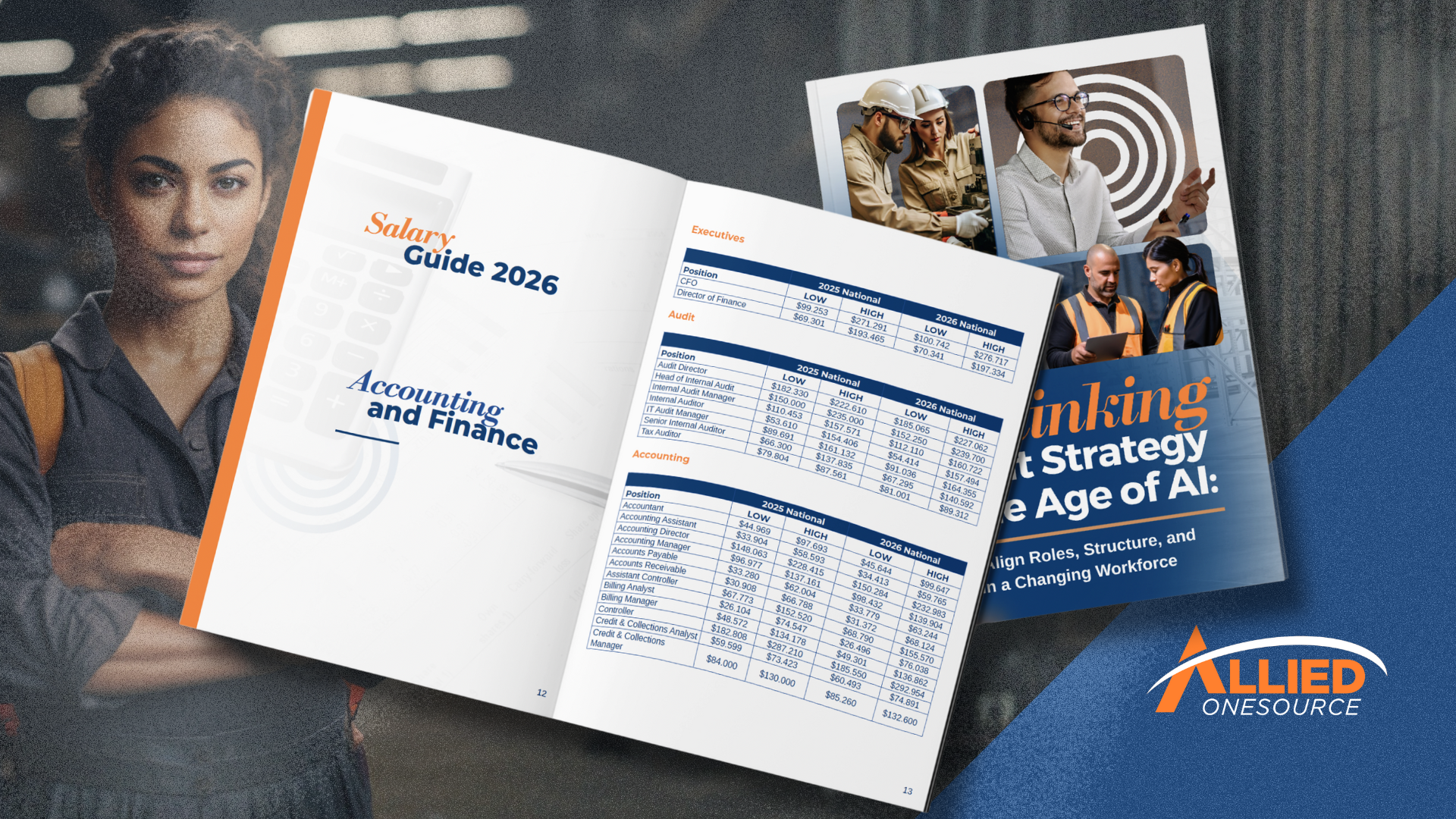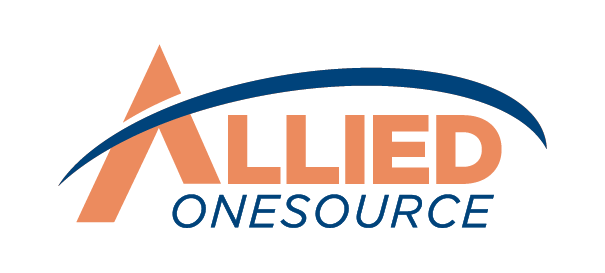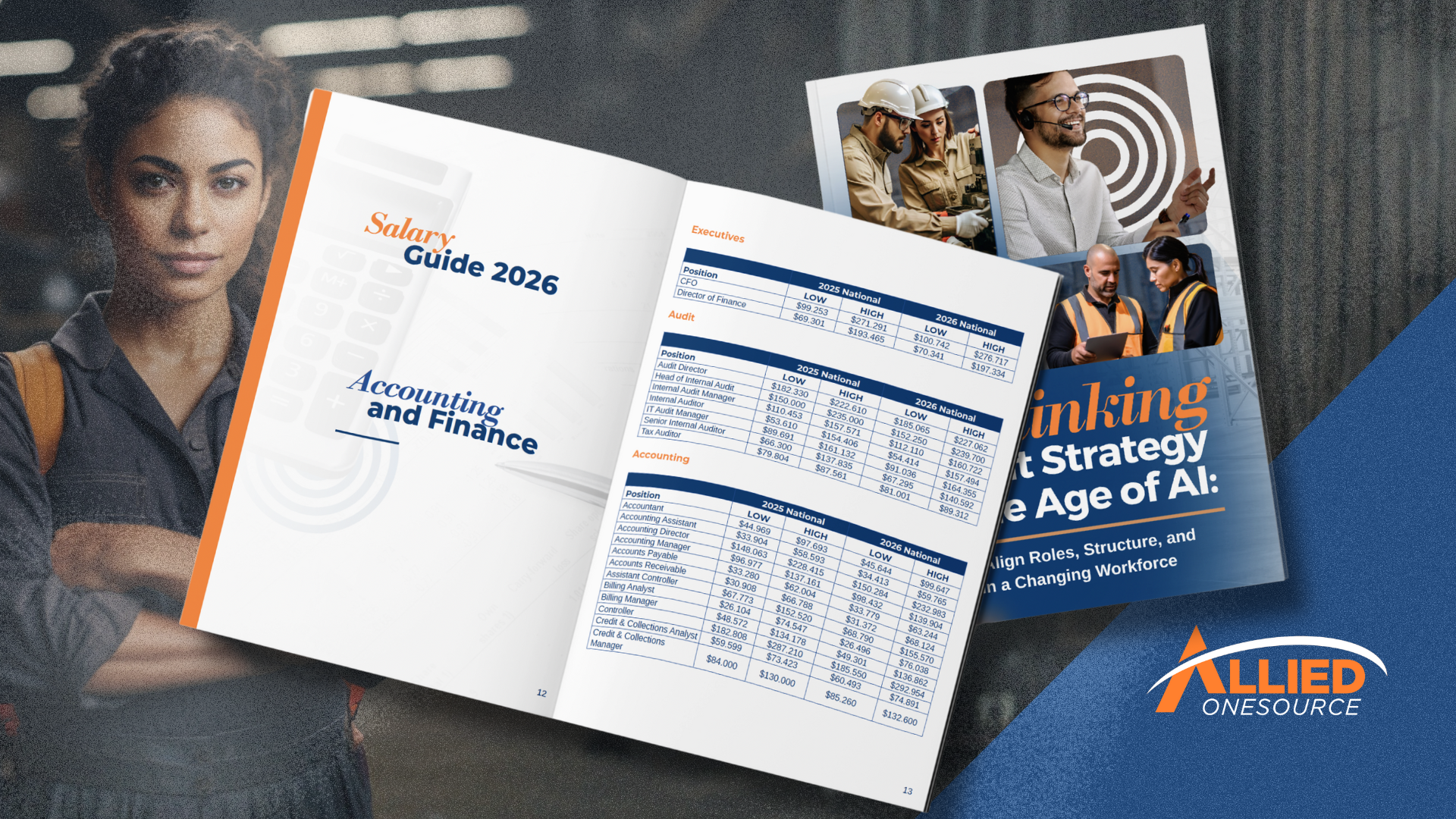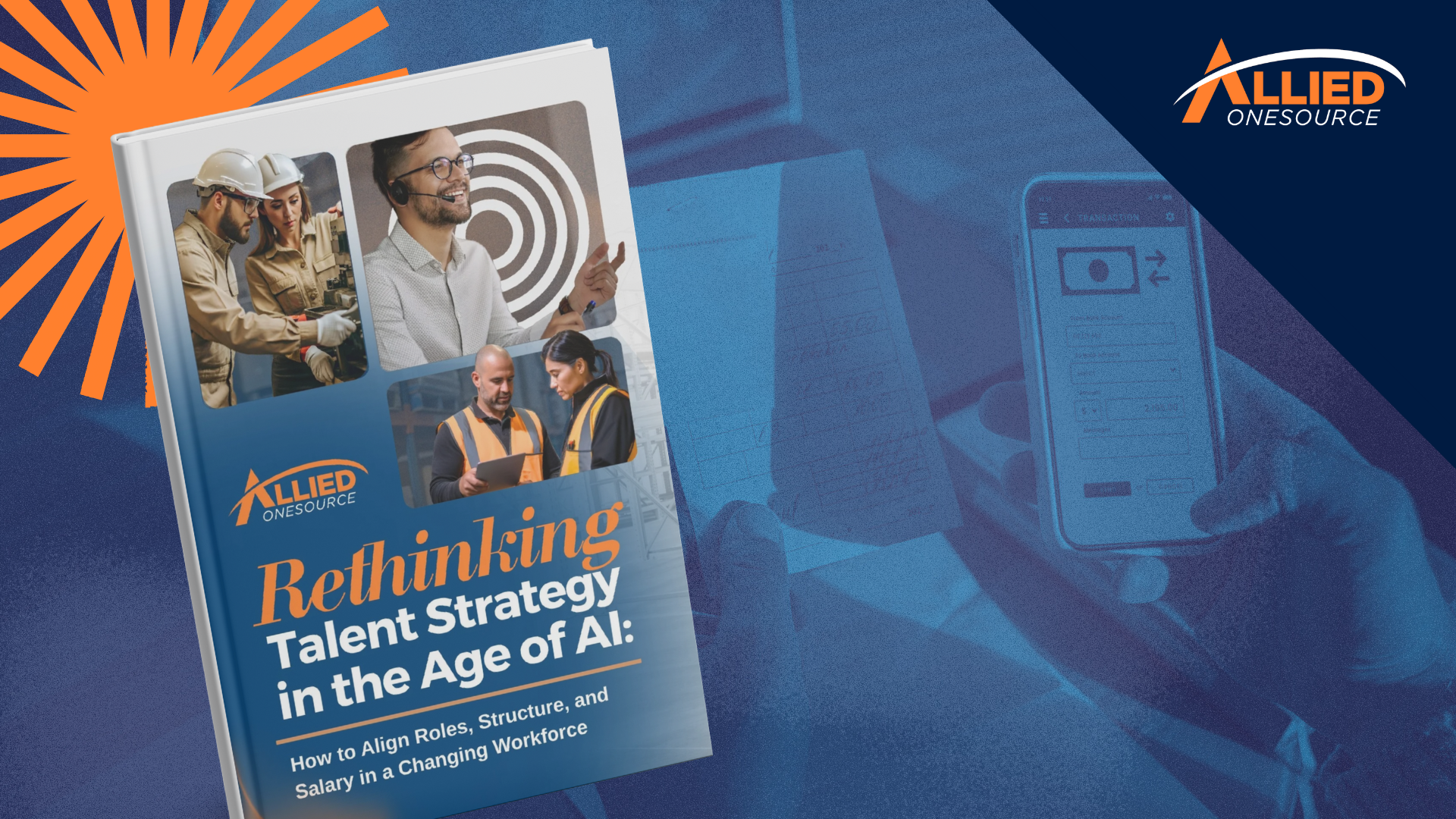How to Write the Perfect Cover Letter
A cover letter is more than a companion to your resume—it's your first opportunity to make a lasting impression and highlight why you’re the perfect fit for a role.
At its heart, a cover letter tells a story: one that explains how your professional background aligns with the position you’re applying for. Done right, it grabs attention, communicates your value, and helps you stand out in a competitive job market.
What Makes a Cover Letter Effective?
A cover letter is your first opportunity to make a lasting impression and showcase why you're the perfect fit for a role. According to a recent survey, 87 percent of recruiters consider cover letters critical when evaluating candidates.¹ Additionally, following up within 7-10 days shows initiative and reinforces your interest in the role,² making you a strong candidate in today's competitive job market.
But what makes a cover letter effective? Here are cover letter writing tips to help you land your dream job:
1. Introduction, Not Repetition
Your cover letter isn’t just a copy-paste of your resume—it’s your chance to personalize your application. While your resume outlines your qualifications, your cover letter tells a story of why they matter in the role context. It introduces who you are and why your experiences make you the perfect fit. The hiring process takes time, and the last thing you want to do is make recruiters read the same thing twice.
So, instead of repeating the same details from your resume, use this space to highlight specific achievements and connect them to the job. Share what makes you uniquely suited to the role in a way that makes you stand out.
Read More: Breaking into the Workforce: How to Avoid 8 Common Resume Mistakes for Your First Job
2. Include Clear Contact Information
If a hiring manager is impressed by your cover letter, they need a way to reach you. Putting current, clear and professional contact information is essential to a good cover letter. Keep the formatting and placement of the contact information consistent with your resume to create a uniform, organized and polished presentation.
Include:
- Full Name
- Phone Number
- Email Address (avoid personal email addresses like coolguy123@gmail.com)
- Date
Additionally, you can add links to your professional website, portfolio, LinkedIn profile, or professional social media page.
3. Address the Hiring Manager Directly
Whenever possible, address your cover letter to the hiring manager by their last name. A personalized greeting shows effort and immediately makes your application more engaging. Studies, such as one from the US National Library of Medicine, reveal that people respond more positively when they see or hear their name, as opposed to a generic “To Whom It May Concern.”
Some examples of good addresses are:
- Dear Jessie,
- Dear Mr. Drexler,
- Dear Miss Felz,
- Dear Mrs. Gore,
- Dear Ms. Gonzalez,
If a name isn’t available, the safest option is to use a professional alternative, such as “Dear Hiring Manager” or “Dear [Company] Recruitment Team.”
4. Grab the Hiring Manager’s Attention
Like most persuasive letter writings, the opening paragraph of your cover letter needs to start with a strong hook and set the tone. This is a great time to let your personality shine, so have fun with it. Just be sure to keep your hook to around one or two short sentences, as you don’t want to ramble without purpose.
Some ideas for a hook include:
- Personal Anecdote
- Excitement for Opportunity
- Favorite Quote
- Standout Skill
For example, you could have:
"As a lifelong advocate for exceptional customer service, I’m excited about the opportunity to lead your contact center team in delivering unparalleled client experiences."
"My passion for resolving customer concerns stems from managing a 20-person contact center team where we consistently exceeded performance metrics."
Remember to transition smoothly from your hook to the main body of your cover letter, maintaining a professional tone. This will help ease the reader into the rest of your letter.
5. Highlight Why You’re the Ideal Candidate
After your short introductory paragraph; the next paragraphs are the meat of this cover letter and should highlight why you are the perfect person for this job. Try to use keywords taken directly from the job description to explain why your previous experiences make you a great candidate for this position.
List the programs you have mastered, the projects you have worked on, and relevant experiences to the job. For example, if the job requires you to manage a team - talk about how you have handled managing a team of people in your past.
Be sure to include concrete metrics that highlight your success. These are concrete numbers that you present from your previous work. Talking about your skills is great, but data adds an extra ounce of professionalism and measurable impact to your cover letter, helps both hiring managers and ATS systems recognize whether you are a fit.
Examples of data to include in your metrics are:
- Project Name
- Number of Employee’s Managed/ Team performance improvements (e.g., reduced average handling time, increased customer satisfaction scores).
- Amount of Profit/Savings after Completion
- Time Frame
- Skills Used
- Customer retention or feedback ratings
6. Demonstrate Cultural Fit
While your skills matter, employers also want to know if you’ll mesh well with their team. Especially because you could spend up to 40 hours a week with a team that probably has found its rhythm. This is important for your productivity, job satisfaction, how long you stay at the company, and, ultimately, the company’s long-term success.
To show you align with company, research the company culture – usually on their website and tailor your cover letter to reflect shared values or goals. Providing examples of how you’ll contribute to the team dynamic shows genuine interest and sets you apart. For example, if the company emphasizes collaboration, mention your experience fostering teamwork in a high-pressure environment.
You might write:
“Your focus on collaboration and support at XYZ Corp resonates deeply with me. In my last role, I created a peer-mentoring system to onboard new agents, fostering a supportive environment that reduced attrition by 25%."
This shows you’ve done your homework and are invested in their success.
Read More: 6 Key Behavioral Interview Questions & Winning Answers
7. Craft a Strong Call to Action
Next, thank the hiring manager for considering your job application and end your cover letter with a compelling call to action. This should encourage the hiring manager to take the next step and reflect confidence and enthusiasm without being overly assertive.
Call-to-action examples include:
- Please also check out my professional website…
- I look forward to meeting in person to learn more about [Company name]
- Please let me know if you have any questions, feel free to call at [your phone number] or [your email address] to arrange an interview…
- I would like the opportunity to meet with you and discuss how my [soft skill] in contact centers has driven measurable results....
Remember to add a professional and enthusiastic closing paragraph at the very end, using remarks like “Sincerely” or “Best regards.”
8. Prioritize Clean, Professional Formatting
An effective cover letter isn’t just about content—it’s also about presentation. The best content can be overlooked if buried in a cluttered design layout. Keep your formatting simple and professional, mirroring the style of your resume. Use uniform fonts, margins, and spacing to convey your attention to detail and organization skills.
Here some other tips that could help:
- Use a clean, professional font like Arial or Times New Roman, sized 11-12 points.
- Set margins to 1 inch on all sides.
- Keep paragraphs concise and avoid large blocks of text.
- Balance white space for readability.
- Save your file as a PDF to preserve formatting and ensure compatibility across devices.
Read More: Overcoming Interview Anxiety: 6 Telltale Signs You Need a Career Coach to Unlock Your Potential
Perfect your cover letter with Allied OneSource
A well-crafted and personalized cover letter, combined with timely follow-up, can set you apart and keep your application top of mind for the hiring manager. But writing the perfect cover letter is just the beginning. If you need help fine-tuning your cover letter or exploring new career opportunities, our recruitment experts at
Allied OneSource are ready to help.
Let us help you showcase your unique qualifications and confidently navigate the hiring process. Reach out to us today, and let’s work together to land your next great opportunity!
Last updated on January 29, 2025
References
1. Zety Report Finds 81% of Recruiters Have Rejected a Candidate Based on Details in their Cover Letter. (2024, November 12). Cision PRWeb. https://www.prweb.com/releases/zety-report-finds-81-of-recruiters-have-rejected-a-candidate-based-on-details-in-their-cover-letter-302302398.html
2. Parris, J. (2024, February 19). How to Follow Up on a Application (Phone and Email Samples). FlexJobs. https://www.flexjobs.com/blog/post/how-to-follow-up-on-job-applications/











